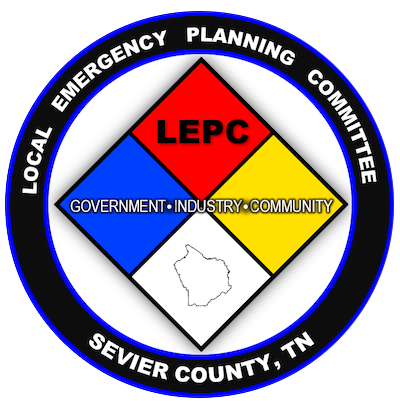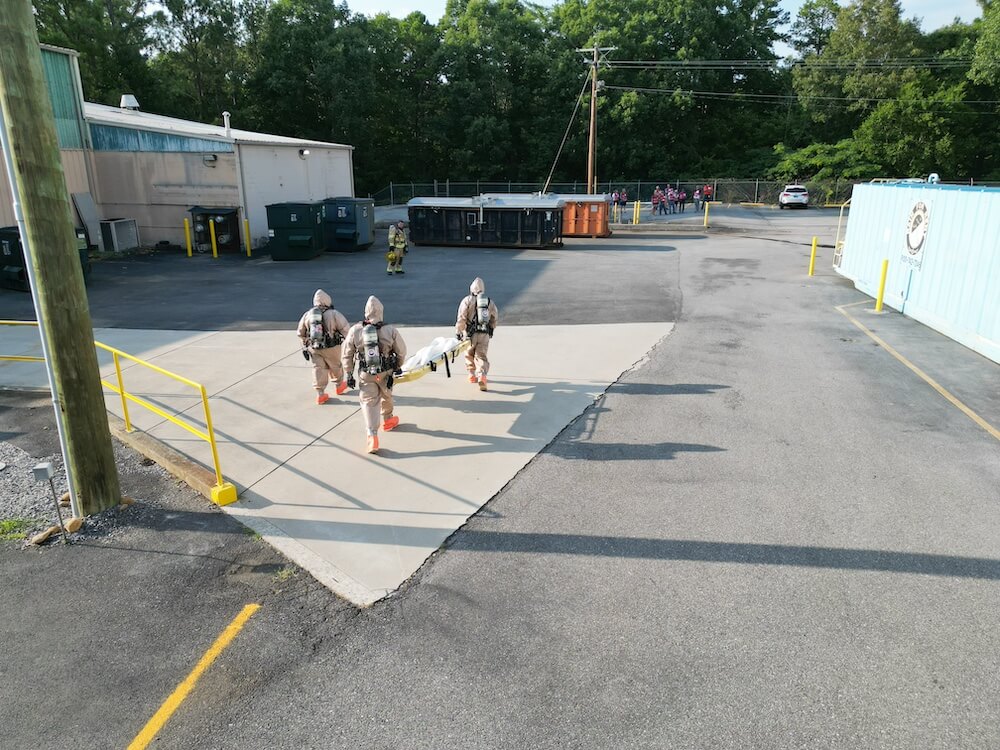The goal of the 1986 Emergency Planning and Community Right-to-Know Act (EPCRA) is to prepare communities for and protect communities from chemical accidents. To ensure these goals are achieved, Section 301 of EPCRA required the creation of State Emergency Response Commissions (SERCs), Tribal Emergency Response Commissions (TERCs), Tribal Emergency Planning Committees (TEPCs), and Local Emergency Planning Committees (LEPCs). These groups share responsibility for developing and implementing emergency response plans and providing residents with information on the presence and releases of hazardous chemicals reported by facilities in each community. EPCRA has four major focus areas:
Sections 302 to 303 focus on emergency planning. Section 302 requires notification when Extremely Hazardous Substances (EHSs) are present at facilities in quantities at or above the Threshold Planning Quantity (TPQ) established in the EPCRA regulations. Section 303 requires LEPCs and TEPCs to develop initial emergency response plans and update them annually and outlines the required elements of the plans.
Section 304 requires notification of accidental chemical releases. It requires facilities to immediately report accidental releases of certain chemicals to state, tribal and local authorities. Facilities must immediately report accidental releases of EHSs and “hazardous substances” defined under the Comprehensive Environmental Response, Compensation, and Liability Act (CERCLA). Any releases of these substances that meet or exceed their corresponding Reportable Quantities (RQs) must be reported to their SERC (or TERC) and LEPC (or TEPC). Facilities are also required to submit a written follow-up report of these releases to these officials.
Sections 311 and 312 focus on hazardous chemical storage reporting requirements. Section 311 requires facilities to submit a Material Safety Data Sheet (MSDS) (Safety Data Sheet (SDS)) to the SERC (or TERC), LEPC (or TEPC) and local fire departments for each hazardous chemical (as defined by the Occupational Health and Safety Act) that they handle or store. Section 312 requires the same facilities to submit a Tier I or Tier II hazardous chemical inventory form to the SERC (or TERC), LEPC (or TEPC) and local fire department. These forms identify the amount, location and potential hazards of each chemical on site at the facility at any point during the year.
Section 313 established the Toxics Release Inventory (TRI). The TRI is a publicly available database that contains information on the quantities of certain toxic chemicals released annually to air, water and land, or otherwise managed as waste by industrial and federal facilities throughout the United States. The information facilities submit is compiled in the TRI and made publicly available through online tools, written analyses, and interactive charts and maps. The information is always available and always free, and helps support informed decision-making by communities, government agencies, companies, and others.




